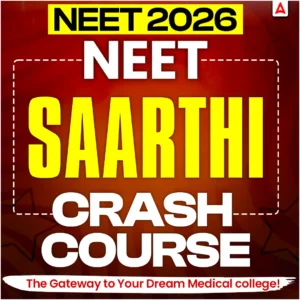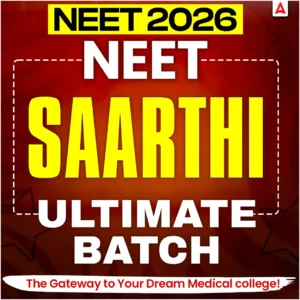Every year, more than 20 Lakh students register and appear for the NEET Exam, making it one of the most competitive yet important exams in the country. All the students with aspirations for a successful career in the medical field after their class 12th register and appear for National Eligibility cum Entrance Test, as this exam serves as a single window platform for admission into all the medical institutions across the country.
To qualify this examination, aspirants need to study and prepare all the key topics mentioned in the NEET Syllabus 2026. One such chapter that is very important and is part of the NEET Physics Syllabus 2026 is Dual Nature of Matter and Radiation. Therefore, in the article below, we have added the NEET Physics MCQs for Dual Nature of Matter and Radiation Chapter as an attempt to guide students with their exam preparations.
NEET Physics MCQs for Dual Nature of Matter and Radiation Chapter
The “Dual Nature of Matter and Radiation” chapter introduces the fundamental concept of wave-particle duality, which states that both matter and light exhibit both wave-like and particle-like characteristics depending on the experiment. It covers phenomena like the photoelectric effect, where light acts as particles (photons), and concepts like de Broglie’s hypothesis, which proposes that particles such as electrons have associated wavelengths. This chapter explores how these dual properties are observed and explained through experiments like the Davisson-Germer experiment, ultimately bridging classical physics and quantum mechanics.
Important Topics in Dual Nature of Matter and Radiation for NEET
The Dual Nature of Matter and Radiation is one of the most important chapters in NEET Physics, carrying significant weightage in the exam. It deals with concepts such as photoelectric effect, de Broglie hypothesis, wave-particle duality, and matter waves, which are frequently tested in objective-type questions. Practicing MCQs from this chapter helps students strengthen their fundamentals, boost their problem-solving ability, and prepare for the conceptual and numerical questions commonly seen in NEET.
Before practicing MCQs, make sure you revise these key concepts thoroughly:
- Photoelectric Effect: Einstein’s photoelectric equation, work function, threshold frequency, stopping potential, and intensity dependence.
- de Broglie Hypothesis: de Broglie wavelength for particles, its application to electrons, and relation with momentum.
- Davisson and Germer Experiment: Verification of wave nature of electrons.
- Electron Emission: Thermionic, field, and photoelectric emission.
- Energy of Photons: Relation
. - Kinetic Energy of Photoelectrons: Maximum kinetic energy and retarding potential concepts.
Importance of Solving NEET Physics MCQs for Dual Nature of Matter and Radiation
Practicing MCQs from this chapter is important for NEET aspirants because it helps in multiple ways:
- NEET is a time-bound exam, and MCQs from this chapter often involve quick calculations of photon energy, threshold frequency, or stopping potential. Regular practice helps you spot shortcuts and reduce calculation errors.
- Questions on photoelectric effect graphs, work function calculations, and wavelength determination are common. By solving multiple MCQs, you learn to approach numerical problems systematically and avoid silly mistakes.
- This chapter is concept-heavy and includes subtle ideas like wave-particle duality, threshold frequency, and dependence of photoelectric current on intensity. Solving MCQs repeatedly ensures you understand cause-and-effect relationships rather than relying on rote learning.
- Consistent MCQ practice simulates real NEET-level questions, which boosts confidence and reduces anxiety during the actual test.
- By attempting a wide range of MCQs, you can identify which topics, such as the Davisson-Germer experiment, work function conversions, or electron wavelength calculations, require more revision.
- Many NEET questions are directly repeated or inspired by previous year questions. Practicing MCQs helps you understand what type of problems are most commonly asked and which ones carry higher weightage.
NEET Physics MCQs on Dual Nature of Matter and Radiation Chapter
The aspirants who are looking forward to appear for the NEET Exam must start preparing for the exam by solving more and more Dual Nature of Matter and Radiation MCQs as listed below:
Question 1: Which of the following supports the particle nature of light?
a) Interference
b) Diffraction
c) Photoelectric effect
d) Polarisation
Answer: c) Photoelectric effect
Question 2: The de Broglie wavelength of a particle is inversely proportional to:
a) Its energy
b) Its velocity
c) Its momentum
d) The square root of its mass
Answer: c) Its momentum
Question 3: If the frequency of incident light is less than the threshold frequency, then:
a) Photoelectrons are emitted with low energy
b) Photoelectrons are emitted with zero energy
c) No photoelectrons are emitted
d) Photoelectric current increases
Answer: c) No photoelectrons are emitted
Question 4: The stopping potential for photoelectrons depends on:
a) Intensity of light
b) Frequency of light
c) Distance between emitter and collector
d) Temperature of the metal surface
Answer: b) Frequency of light
Question 5: Davisson–Germer experiment verified:
a) Particle nature of light
b) Wave nature of electrons
c) Quantum theory of light
d) Conservation of energy
Answer: b) Wave nature of electrons
Question 6: Photoelectric current is proportional to:
a) Frequency of incident radiation
b) Intensity of incident radiation
c) Stopping potential
d) Work function of the material
Answer: b) Intensity of incident radiation
Question 7: Work function is:
a) Minimum energy required to remove a proton
b) Minimum energy required to remove an electron
c) Maximum kinetic energy of electron
d) Potential energy of electron
Answer: b) Minimum energy required to remove an electron
Question 8: If the energy of an incident photon is equal to the work function of the metal, then the kinetic energy of emitted electron will be:
a) Zero
b) Maximum
c) Infinite
d) Equal to work function
Answer: a) Zero
Question 9: If intensity of incident light is doubled, then:
a) Photoelectric current doubles
b) Stopping potential doubles
c) Work function doubles
d) Kinetic energy doubles
Answer: a) Photoelectric current doubles
Year Wise NEET Physics MCQs for Dual Nature of Matter and Radiation Chapter
In the table listed below, we have added the year wise NEET Physics MCQs for Dual Nature of Matter and Radiation Chapter so that all the students can start preparing accordingly. Click on the links below:
| Year Wise NEET Physics MCQs for Dual Nature of Matter and Radiation Chapter | |
| Year | Links |
| 2014 | Click Here |
| 2015 | Click Here |
| 2016 | Click Here |
| 2017 | Click Here |
| 2018 | Click Here |

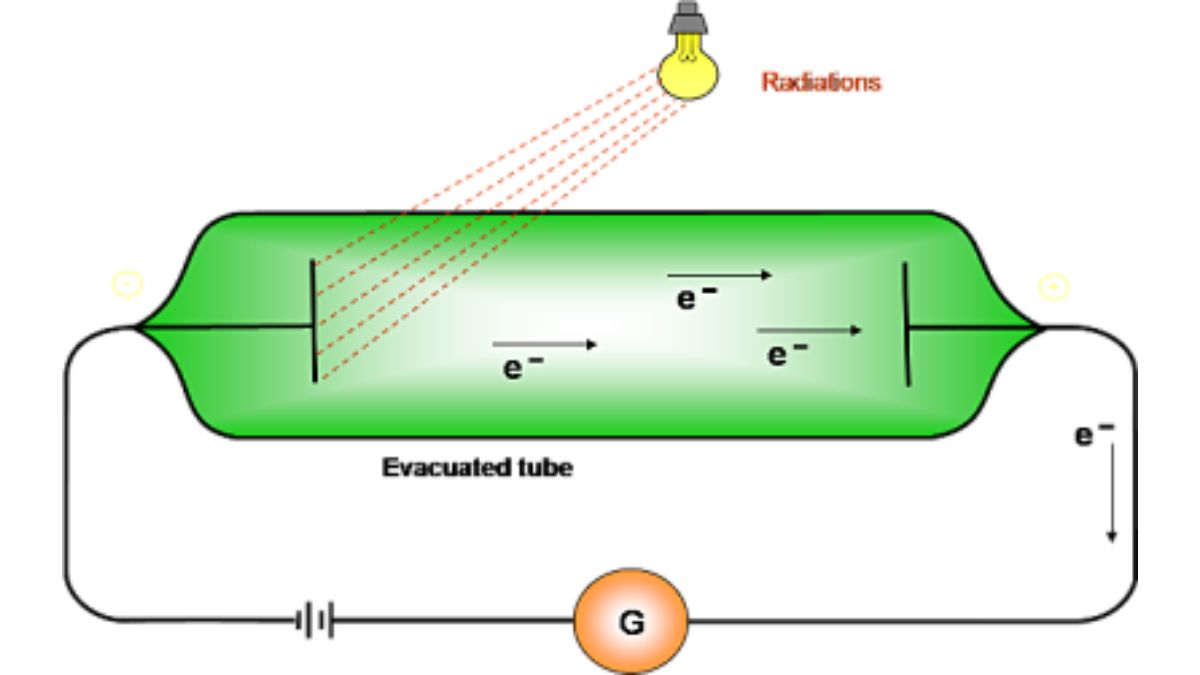
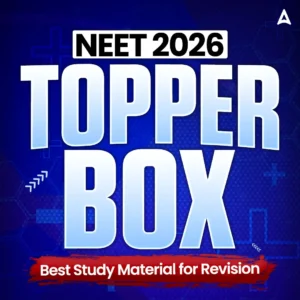







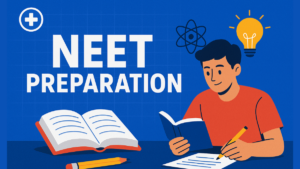 NEET Preparation Strategy 2026: Detailed...
NEET Preparation Strategy 2026: Detailed...
 Free NEET Sample Papers 2026 PDF | Downl...
Free NEET Sample Papers 2026 PDF | Downl...
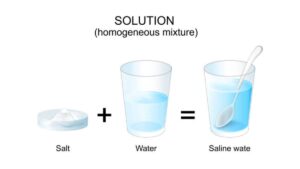 Salt Analysis NEET Notes, Check Importan...
Salt Analysis NEET Notes, Check Importan...
